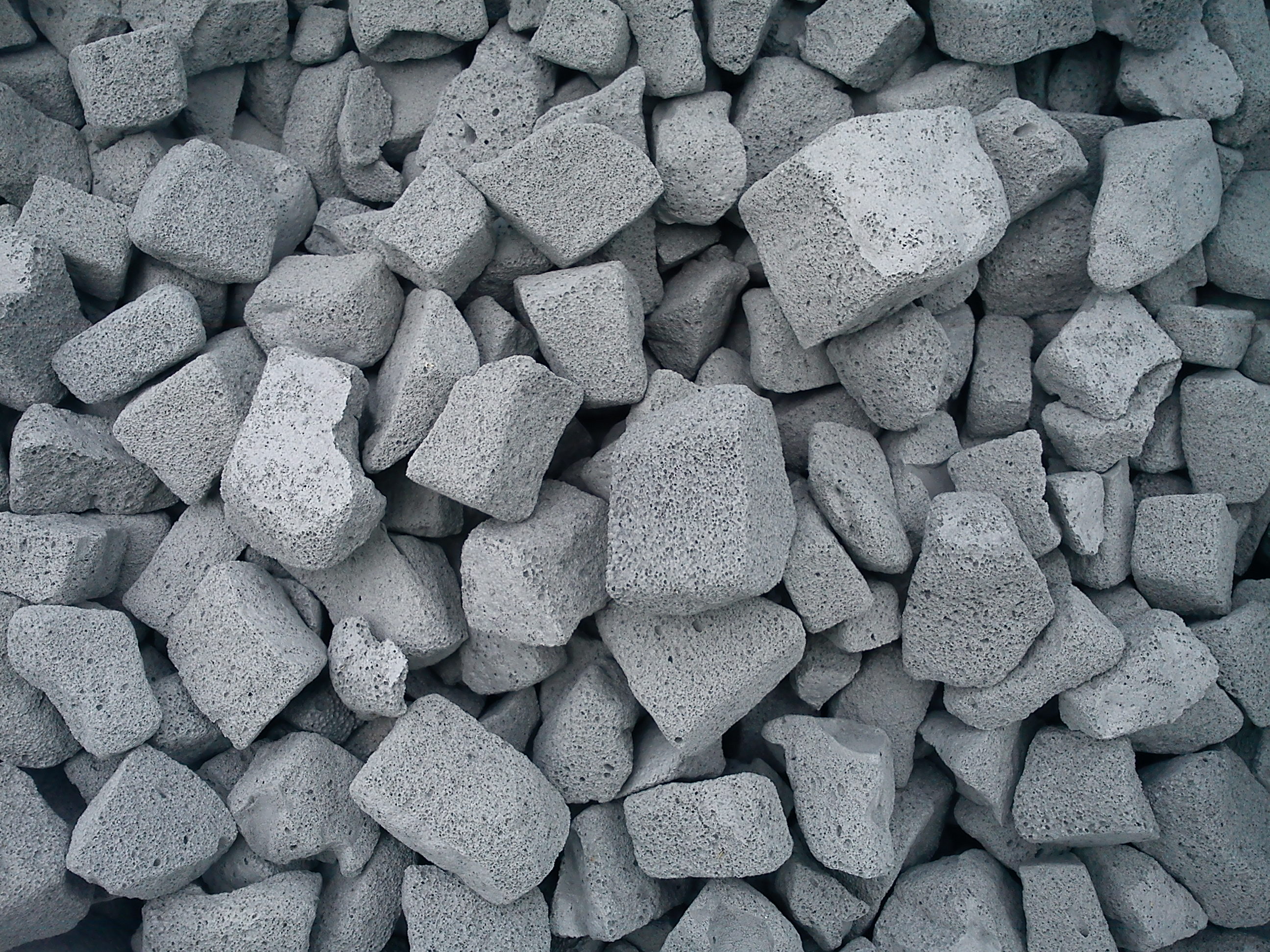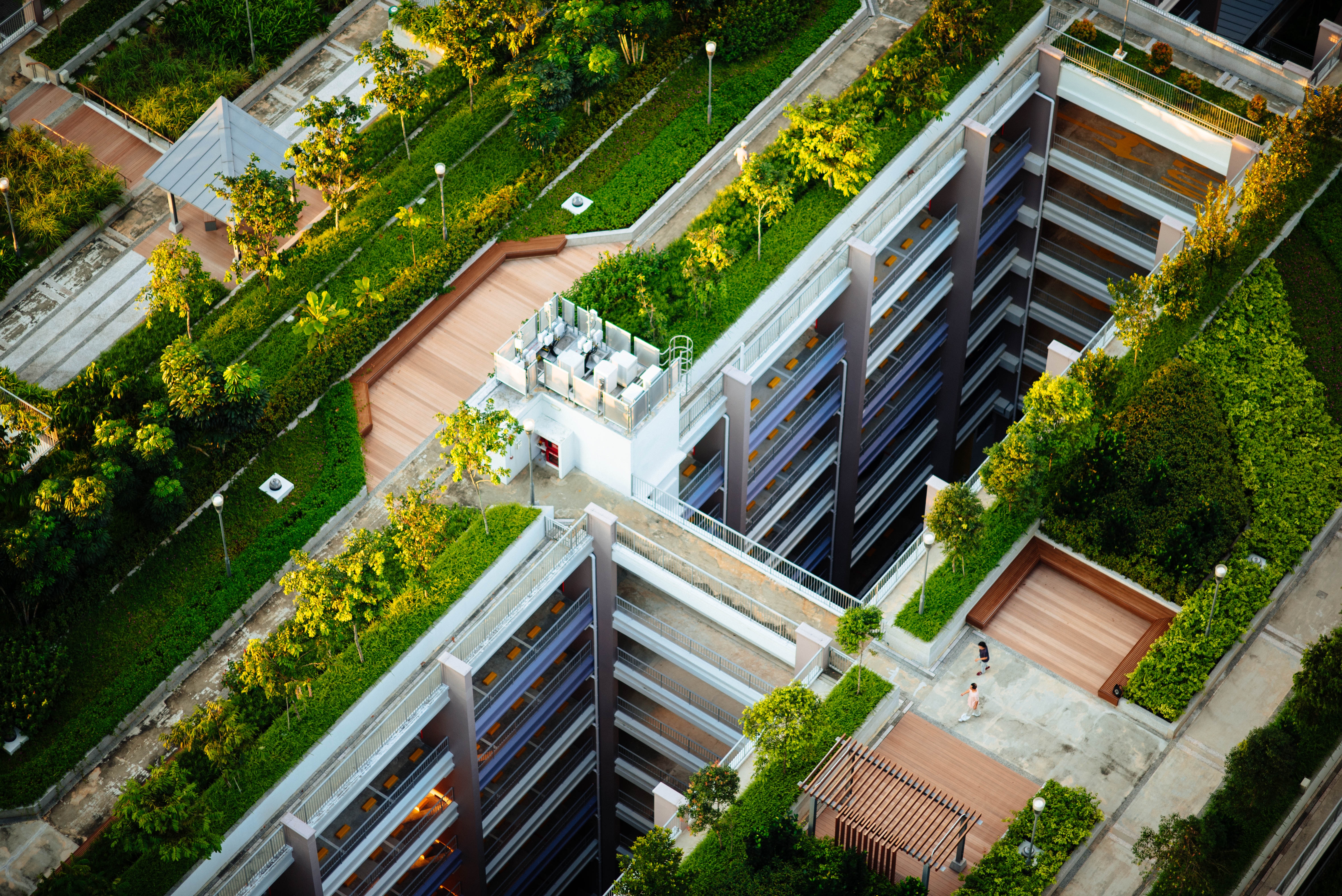What is Foam Glass and why it is important for the future of glass recycling
Concepts like the Circular Economy and the general move in society towards recycling and re-use of materials and products has illuminated the importance to recycle ALL glass, not just container glass such as bottles and jars, but glass that would otherwise end up in landfill as a result of problems within the glass recycling process such as colour disparity, location and viable applications for all glass being collected.
Foam glass is one such solution (and one that has been commercially available in various forms since the 1930s)
 Foam Glass Aggregate - Photo credit: CC-BY-SA-3.0
Foam Glass Aggregate - Photo credit: CC-BY-SA-3.0
It is made by heating a mixture of powdered glass and a blowing agent (chemical foaming agent) such as carbon or limestone. When the glass mixture is at a temperature between 700⁰C and 900⁰C, near the melting point of the glass, the glass powder turns into a viscous liquid and the blowing agent releases a gas, the gas expands and produces a structure of cells or bubbles which forms the porous body of foam glass.
This versatile high quality product is made using post-consumer recycled glass as well as flat, commercial or end of life vehicles. There is no need undertake the costly colour separation in the “waste” glass and contaminants such as ceramics or porcelain can also remain evident.
Due to its cellular sealed structure and being made from refined glass, foam glass has the following benefits:
- Enhances the growing of plants through hydroponics
- Excellent insulating capabilities
- Classified as an A 1 fire resistant building material
- Waterproof as well as being gas and vapour tight
- High compressive strength even under long-term heavy loads
- Inert / Chemically inactive
- Sound Absorbing
- Does not support life to grow therefore is resistant to pests, vermin and mould
- Long Lasting and non-corrosive
- Lightweight and easy to work with, can be cut with hand tools and is non fibrous
- Made from 100% recycled glass and is environmentally friendly
Due to these benefits foam glass is well suited as a rigid insulation material in roofs, walls and traffic areas (flat roofs or floors) where other products may be compressed resulting in an uneven surface and the loss of insulating properties. As well as creating a barrier for changes in temperature or preventing liquids or gases to pass through.
 Roof Gardens - Photo credit: chuttersnap on Unsplash
Roof Gardens - Photo credit: chuttersnap on Unsplash
The need for extra layers of insulation or protection when constructing are eliminated as foam glass can provide all the functions needed and even offer improvements or benefits when compared to traditional materials, this is particularly beneficial when used in civil engineering projects, but also can save labour time and money, especially combined with its lightweight nature.
As foam glass is made entirely from 100% glass, a Krysteline Glass Processing plant is a clear choice if you are looking prepare glass for the foam glass market, by producing the powdered glass ready to sell on to a foam glass manufacturer or for your own supply to create foam glass. Our Implosion and thermal cleansing technology create a high quality glass powder which is suitable for use as foam glass feedstock or other markets with similar size requirement.
At Krysteline Technologies, we also have experience processing glass from other sources such as commercial flat glass, end of life vehicles, pharmaceutical or bottling line packaging. Many of these types of glass are not often recycled as they require many stages of separation and refinement from other contaminates, but can when efficiently refined can be reused in the form of foam glass. The use of glass that is not suitable for remelt makes Foam Glass and ideal ally to the traditional container glass industry.
To find out more about our glass processing plants and how they can be used in the foam glass market please contact us